Once Upon a Station in Istanbul…
O traveler, know this: Istanbul is a city where every corner holds a story, every stone whispers a memory. Since the conquest, many districts have risen and fallen, but a few stand timeless—both in name and in spirit. Cibali is one of those places. And at the heart of Cibali stands a police station, not just a building, but a cultural icon of the city. Let us begin this journey by the old city walls, and explore a district where history, theater, and daily life all converge.
Why Is Cibali Police Station Important?
Along the calm shores of the Golden Horn lies Cibali—tucked between the liveliness of Balat and the grandeur of Fener. While often overlooked, this district holds a rhythm of its own. And at its center is Cibali Police Station, not just a place of law enforcement, but a symbol that has found its way into Istanbul’s stage plays, cinema, and oral history.
In this article, we will trace the origin of the name Cibali, explore the history of the police station itself, and uncover how it became embedded in the city’s cultural fabric.
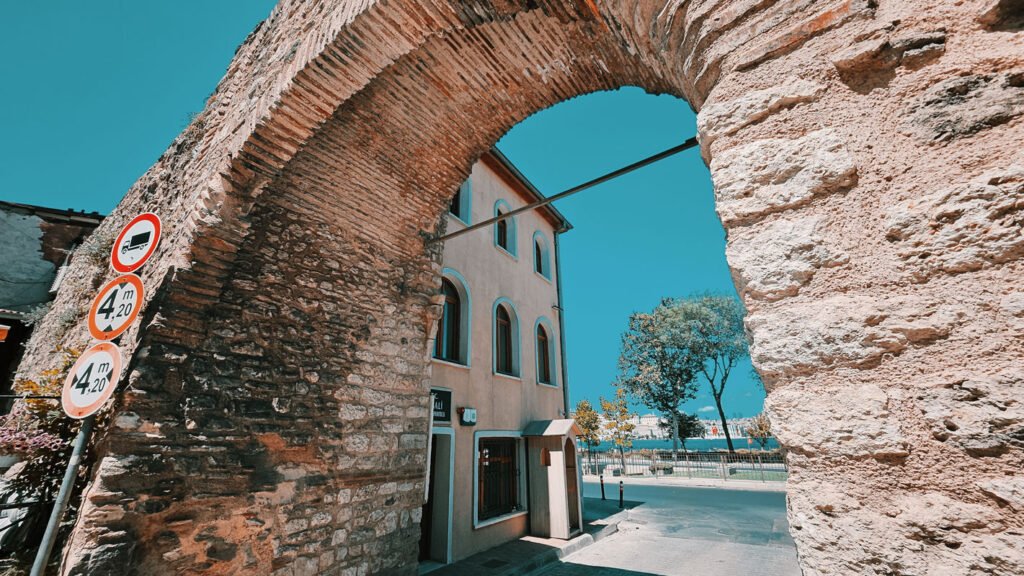
Where Does the Name “Cibali” Come From?
The name “Cibali” traces back to the Ottoman conquest of Constantinople. It is believed to originate from Cebe Ali Bey, one of the first Ottoman soldiers to enter the city through a weak spot near the walls. Over time, “Cebe Ali” morphed into “Cibali” through everyday speech and became the name of the neighborhood.
📌 You can still see the sign “Cibali Gate” (Cibali Kapısı) on the ancient walls today.

When Was the Cibali Police Station Built?
The Cibali Police Station was established in the mid-19th century, during the late Ottoman period, as part of efforts to modernize urban security. Positioned at a strategic point near both the sea and land routes, the station played a key role in monitoring the city.
Throughout the Republican era, the station remained active and became one of the neighborhood’s most recognizable landmarks. More than just a functional building, it evolved into a setting for daily life, humor, and even art.
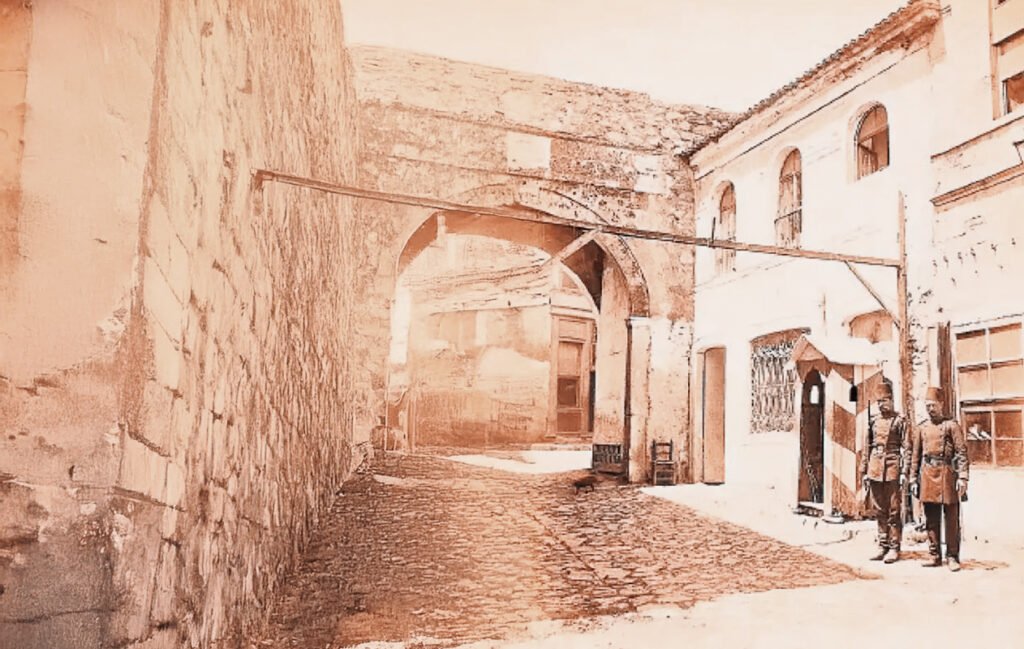
What Kind of Place Was Cibali?
In its early years, Cibali was a richly layered neighborhood, home to wooden houses, fishermen, tobacco traders, and families from various ethnic backgrounds. Muslims, Armenians, and Greeks lived side by side, shaping a vibrant communal life.
🧭 Places to Explore:
- The former tobacco factory (now Kadir Has University)
- Historical city walls by the Golden Horn
- Local cafés near the Cibali Gate and mosque
☕ Quick Pause: Sit on one of the benches along the Golden Horn at sunset—Cibali’s quiet charm comes alive in golden light.
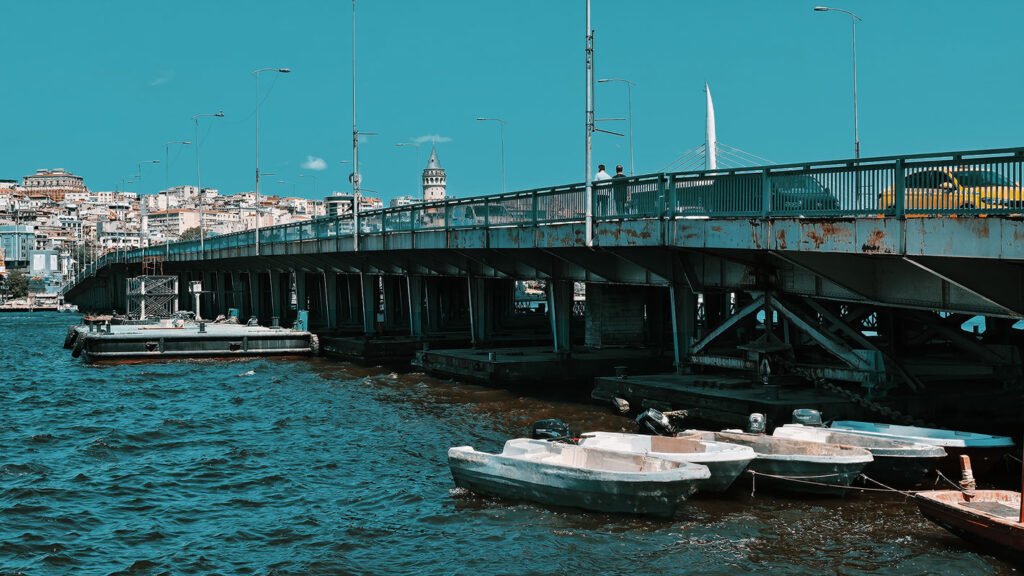
How Did Cibali Police Station Make It to the Stage?
The cultural legacy of Cibali Police Station truly began in the 1950s, when playwright Refik Erduran wrote the now-iconic comedy “Cibali Karakolu” (“Cibali Police Station”). The play takes place inside a chaotic police station and humorously critiques bureaucracy, neighborhood life, and Istanbul’s quirks.
🎭 Stage Notes:
- Author: Refik Erduran
- Lead Actor: Muammer Karaca
- Themes: Bureaucracy, community, satire
The play became a theatrical classic, performed on various stages and quickly beloved by Istanbul audiences. Later, it was adapted into a film in the 1960s, featuring prominent actors like Zeki Alasya and Metin Akpınar, which further cemented Cibali’s place in popular culture.
🚀 Alternative Suggestion: If you’re drawn to nostalgia-filled architecture, look up the story behind Karaköy Palas Hotel—another forgotten gem of old Istanbul.
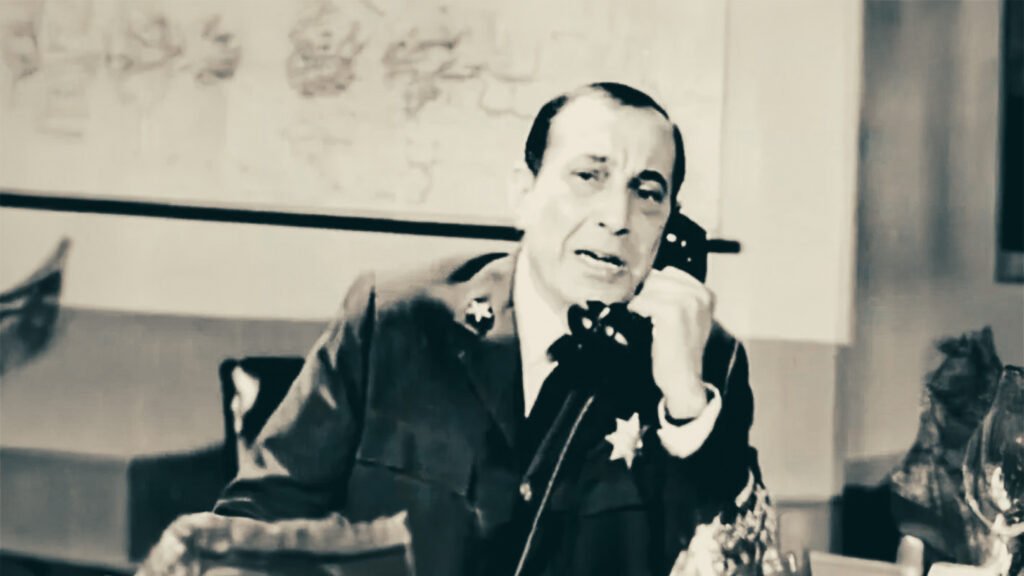
Cibali Police Station in Popular Culture
Cibali Police Station is no longer just a historical building—it has become a symbol of Istanbul’s humor, chaos, and charm. Thanks to its appearances on stage and in film, it is now a household name in Turkish cultural memory.
Even today, when someone is caught in a bureaucratic mess, you might hear the phrase, “What is this, Cibali Police Station?”—a nod to the iconic play.
🎟️ Pop Culture Highlights:
- Stage Premiere: 1959, Muammer Karaca Theater
- Film Adaptation: 1966, directed by Süreyya Duru
- Cultural Value: Symbol of satirical urban life
📸 Photo Spots:
- Street of the original police station
- Cibali Gate and ancient city walls
- Kadir Has University surroundings
📷 Photo Tip:
Visit during the golden hour—catch the light hitting the city walls and reflecting off the Golden Horn for a dramatic frame.
📱 For Instagram:
Use black-and-white filters + “#cibalikarakolu” for a vintage look that pairs perfectly with the setting.
What Stands There Today?
Though the original police station is no longer in active use, its building still stands—and can now be visited as a free-access museum. The area is surrounded by university campuses and has found new life with the local student population.
Meanwhile, Cibali itself remains as calm and characterful as ever. Its walking paths, restored homes, and ancient walls offer a slice of authentic, unfiltered Istanbul.
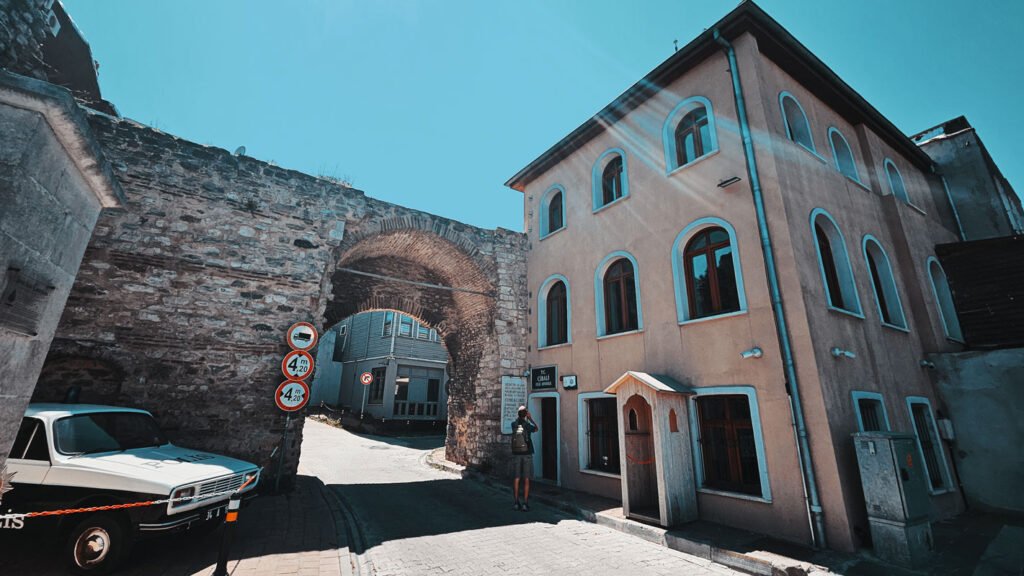
🔍 Bonus: Tracing the Tobacco Route
As you walk toward Unkapanı, you’ll pass the historic Ottoman tobacco factory, now home to Kadir Has University. This building is not only a relic of industrial history but also a testament to working women, labor movements, and Istanbul’s evolving urban identity.
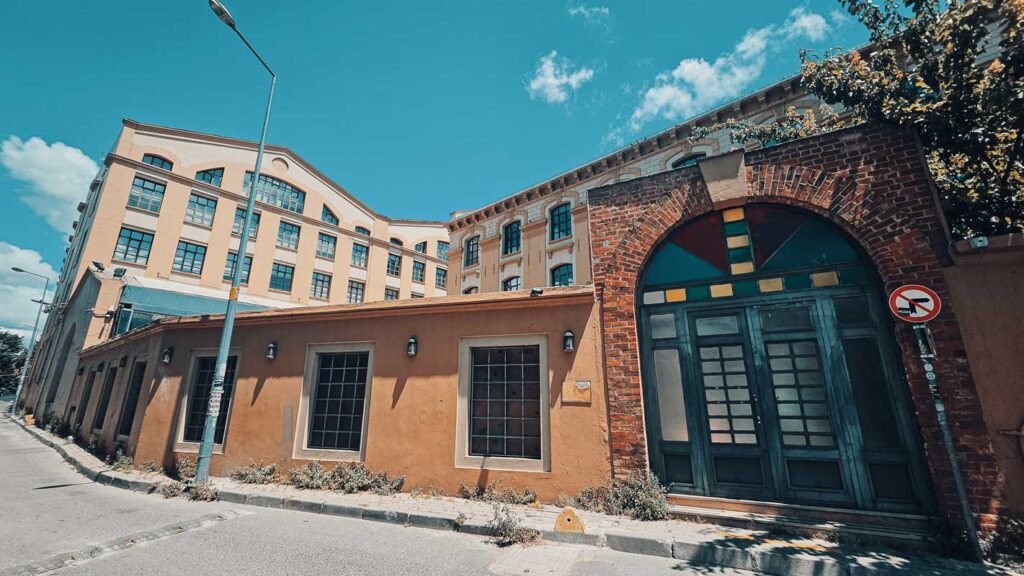
📍 Location
Cibali Police Station – Fatih, Istanbul (by the Golden Horn, next to Cibali Gate)



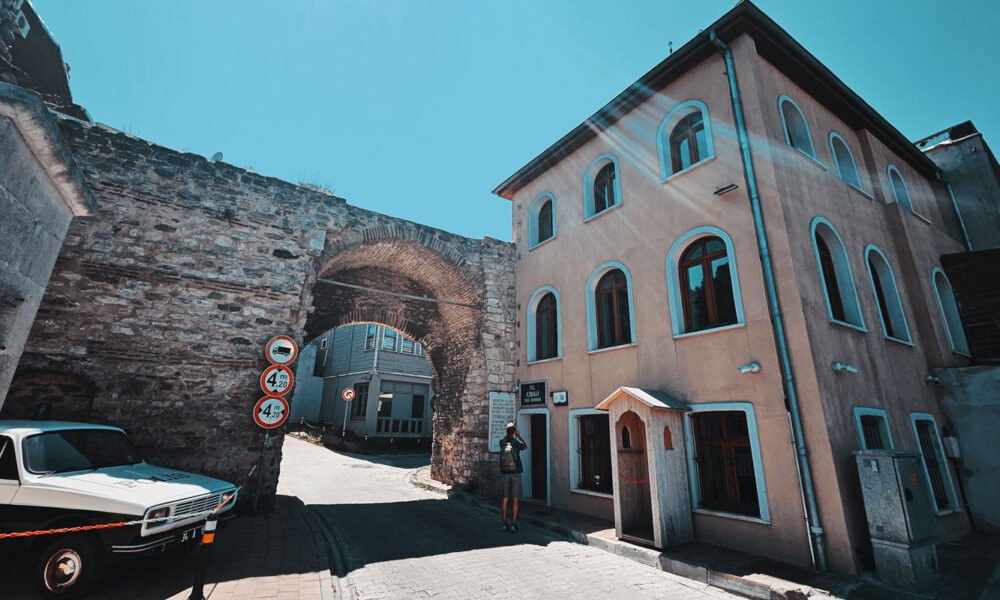


No Comment! Be the first one.